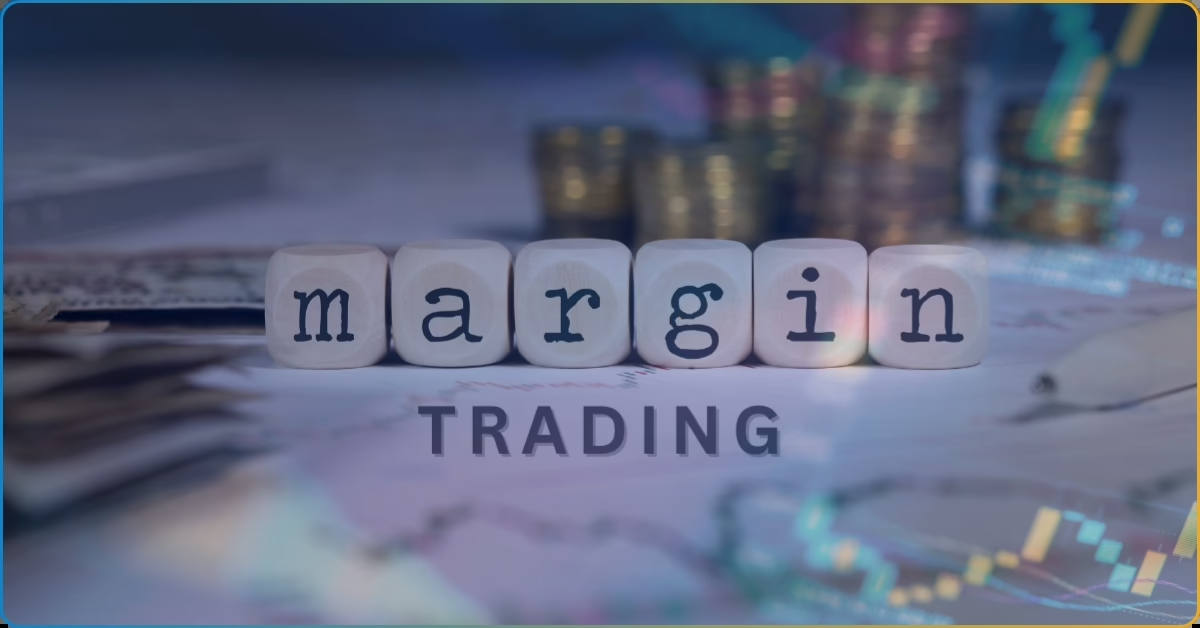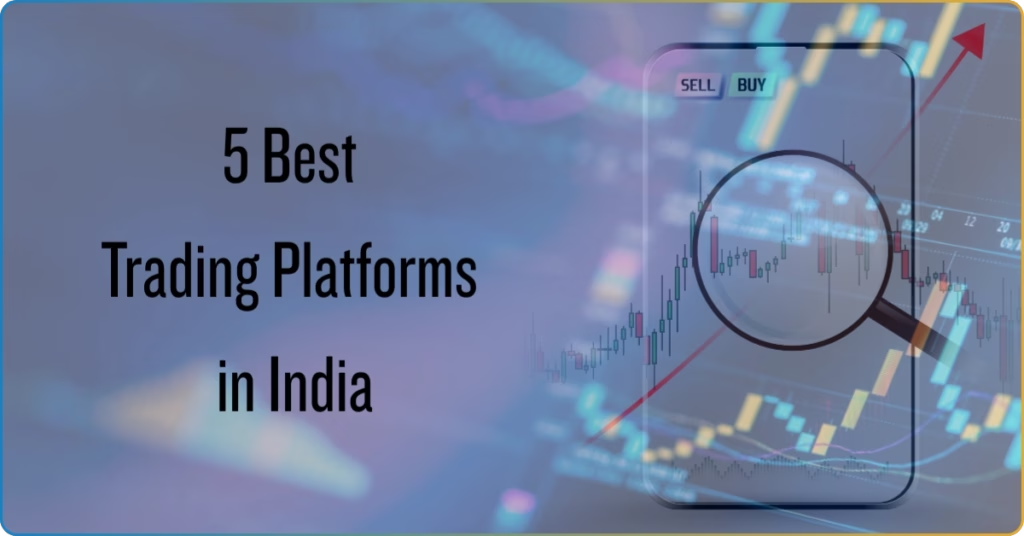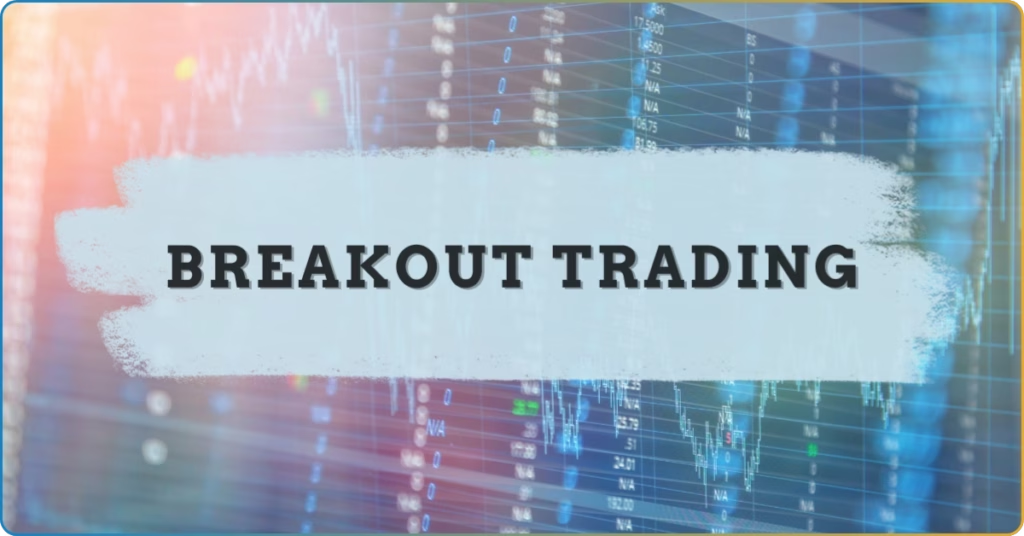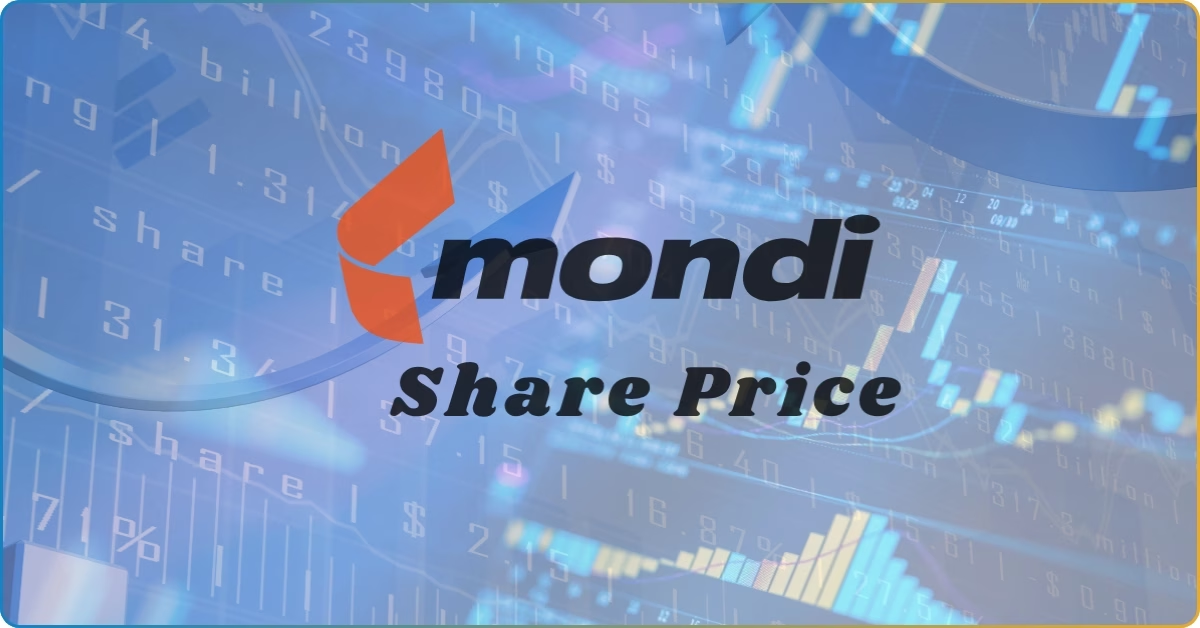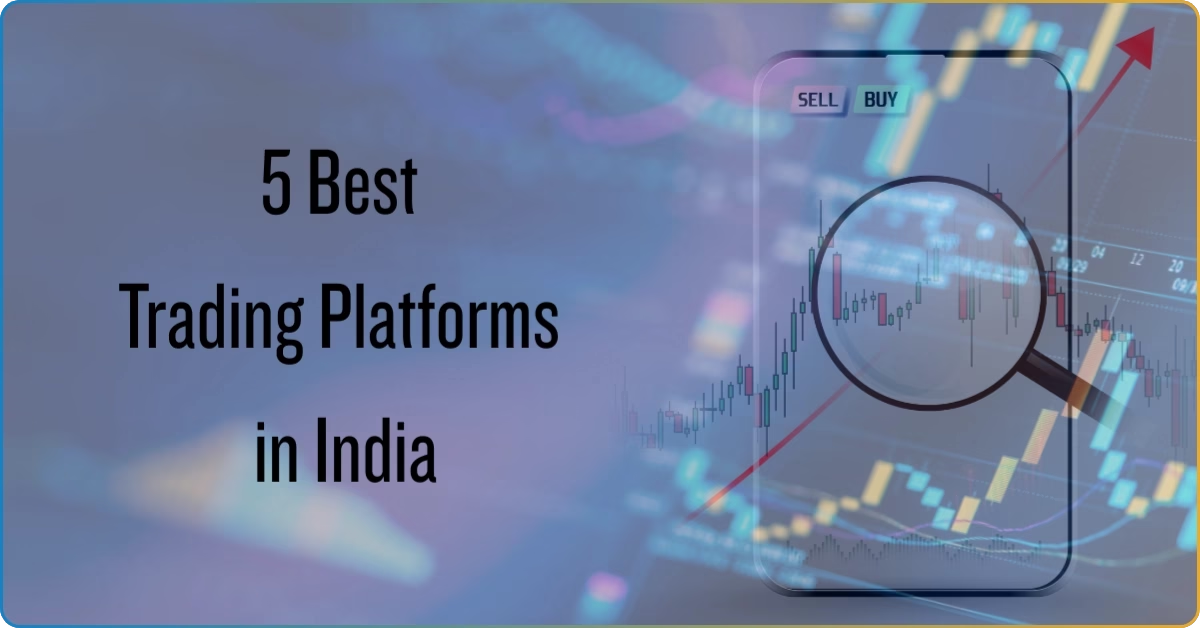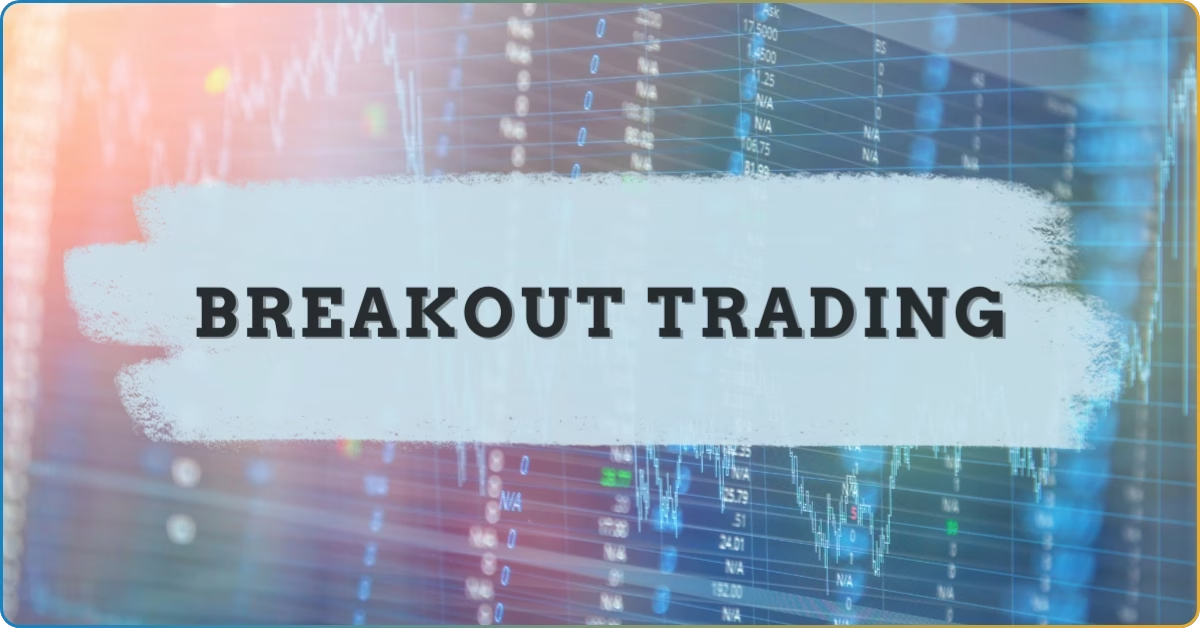Margin trading isn’t something you jump into without understanding the full picture. On the surface, it may sound like a simple loan from your broker, but it comes with unfamiliar terms, strategies that can backfire, and a tempting promise of high returns.
Yes, it can be rewarding, but it’s also risky. If you’re here to learn how it really works, you’re in the right place.
This TRU Insight breaks down everything you need to know key margin trading terms, how it plays out across different markets, strategies to use, risks to watch for, and how to trade smarter with it.
Margin Trading Definition in Key Terms
Margin trading isn’t a one-size-fits-all definition. It spans multiple financial contexts, each with its own set of terms you shouldn’t overlook. So, make sure to lock in the key features below; they’re essential additions to your financial vocabulary:
| Term | Explanation |
| Margin Account | A trading account that lets you borrow money to buy more than your cash allows. |
| Initial Margin | The deposit needed to open a leveraged trade is usually 20 to 50 percent. |
| Minimum Margin | The lowest balance required to keep your margin position active. |
| Maintenance Margin | The equity level you must maintain to avoid automatic position closure. |
| Margin Call | A broker alerts when your balance drops too low, asking you to add funds. |
| Forced Liquidation | When your broker sells assets to recover losses if margin rules aren’t met. |
| Interest Cost | You borrow money to trade, and the longer you keep it, the more interest you pay. |
Margin Trading Across Markets
Margin trading can be confusing because it’s not limited to one type of market or strategy. To help you understand it better, here are the key features that define how margin trading works in different markets:
Share market
Margin trading in the share market lets you borrow money from your broker to buy more stocks than your cash allows. It can boost your profits if prices rise, but losses grow just as fast. The shares you buy act as collateral, and you pay interest until the loan is settled.
Futures market
In futures trading, margin isn’t a loan; it’s a deposit that shows you can cover potential losses. You only need a small amount to control a large contract. Your account is checked daily to make sure you still have enough funds to hold the position.
Forex market
Forex margin lets you trade large currency positions with a small deposit. The leverage is high, and it’s often up to 100 times your capital. If the market moves against you, your trade can be closed quickly to prevent deeper losses.
Options market
You don’t need margin to buy options but selling them often requires it. Brokers ask for a deposit to cover possible losses if the trade goes wrong. The amount of the margin depends on the option type and how volatile the market is.
Crypto Market
Crypto margin trading means borrowing funds to trade coins like Bitcoin. It can multiply your gains, but losses hit just as hard. If prices drop too far, the exchange can close your trade automatically to recover the borrowed amount.
Margin Trading Strategies & Risks
Margin trading isn’t just about borrowing money; it’s about knowing how to use it wisely. These strategies can help you manage risk and make smarter trading decisions:
Buying on Margin
This strategy involves borrowing money to buy more shares than your cash allows. It works well in rising markets, but if prices fall, losses are magnified. You also pay interest daily, which can quietly eat into your gains over time.
Short Selling
Short selling with margin means borrowing shares to sell them, hoping to buy them back later at a lower price. If the stock rises instead, your losses can pile up quickly. Brokers may issue a margin call or close your position without warning.
Swing Trading with Margin
Swing traders use margin to hold positions for several days, aiming to profit from short-term price moves. This gives more flexibility than intraday trading, but interest costs add up the longer you hold. A sudden market shift can still trigger a margin call.
Day Trading on Margin
Day traders use margin to boost their buying power for trades they close within the same day. It’s fast-paced and risky, especially without strict stop-loss rules. While you avoid overnight interest, one bad trade can wipe out your capital.
Hedging with Margin
Some traders use margin to hedge against losses in other positions. This can reduce risk if done correctly, but it also adds complexity and cost. If both sides of the trade move against you, losses can double.
Leverage Arbitrage
This strategy involves using margin to exploit price differences across markets or platforms. It requires speed, precision, and deep market knowledge. Mistiming or mispricing can lead to fast losses, especially when leverage is high.
Pros and Cons of Margin Trading
Margin trading can help you grow your portfolio faster, but it also comes with serious risks. Before using borrowed funds, it’s important to weigh the advantages against the potential downsides.
| Pros | Cons |
| Boosts buying power | Can lead to large losses |
| Potential for higher returns | Interest costs reduce profits over time |
| Allows diversification | Margin calls can force you to add funds fast |
| Useful for short-term strategies | Positions may be liquidated without warning |
| Access to more trading options | Requires strict risk management |
How to Use Margin Trading?
Using margin trading involves a structured process, but remember that each step should require a careful assessment to minimize risks and trade effectively:
Step 1: Open a Margin Account
Start by choosing a broker that offers margin trading. You’ll need to apply for a margin account and agree to its terms, including interest rates and risk disclosures.
Step 2: Understand Your Buying Power
Check how much leverage your broker provides. For example, 5× leverage means you can trade 50,000 units of currency with just 10,000 in your account.
Step 3: Choose What to Trade
Decide whether you’ll trade stocks, forex, crypto, or derivatives. Each market has different margin rules and risk levels.
Step 4: Deposit Initial Margin
Before placing a trade, you must deposit a minimum amount. This acts as collateral and varies depending on the asset and broker.
Step 5: Monitor Your Position Closely
Keep an eye on your account balance and market movements. If your equity drops too low, you may face a margin call.
Step 6: Manage Risk Actively
Use stop-loss orders and avoid overleveraging. Margin can amplify gains, but it also magnifies losses.
Step 7: Close or Adjust Your Trade
You can exit the trade anytime or add funds to maintain your position. If the market moves against you, your broker may liquidate it automatically.
Step 8: Pay Interest on Borrowed Funds
Interest is charged daily until the borrowed amount is repaid. This cost can reduce your overall profit, especially in long-term trades.
Frequently Asked Questions
What is a Margin Trading Facility?
It’s a service offered by brokers that lets you buy stocks by paying only part of the total cost upfront. The broker covers the rest, and you pay interest until the position is closed.
What is the difference between margin trading and intraday trading?
Margin trading lets you hold positions beyond a single day using borrowed funds. Intraday trading is limited to buying and selling within the same day, often using broker-provided leverage without interest.
How can I use a margin calculator?
A margin calculator helps you estimate how much margin you need for a trade, how much leverage you’re using, and whether you’re close to a margin call. Just enter your trade size, leverage, and account balance to get a quick overview.
Final Verdict: Is Margin Trading Truly Worth It?
Margin trading isn’t a clear-cut yes or no. At the end of the day, it still depends on your experience, mindset, and how well you manage risk. It can help skilled traders boost returns and make better use of their capital, but it also increases the chance of steep losses and margin calls.
If you’re still learning or prefer a hands-off approach, it’s probably not the right fit. The risks, interest costs, and market swings make it a tough strategy for most long-term investors.
That’s why being financially literate is one of the best investments before you test all sorts of risky strategies. Traders and investors should learn the twists and turns of the market using verified and trustworthy sources.

